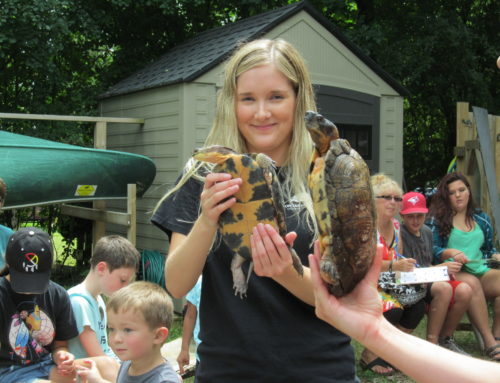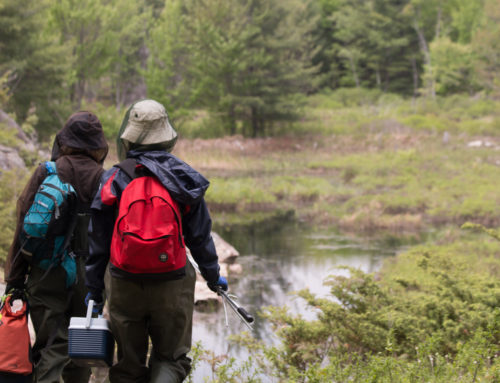As a newcomer to the KTTC, I walked through the doors with very little knowledge of turtles and the damage that can be done to them. As with any animal, I knew there would be threats from humans and other creatures, but I had never thought about the extent of injuries that turtles can endure. Luckily, there is a wonderful place for these amazing creatures to come when situations put them at risk- the Kawartha Turtle Trauma Centre. I spoke with Alli Millman, KTTC’s Turtle Care Program Coordinator and she gave me some insight into the centre and the process of admitting and caring for these turtles.
Kawartha Turtle Trauma Centre takes in native, wounded turtles from all over Ontario. The most common are painted, snapping and blanding’s turtles.
*DID YOU KNOW*
IN THE SPRING MORE MALES ARE BROUGHT IN, AFTER LOOKING TO RELOCATE FOR BREEDING. IN THE LATER SUMMER, MORE FEMALES ARE BROUGHT TO KTTC
1. When a turtle comes through the doors, they are brought into the admitting area, where paperwork is filled out, including information regarding where they were found, down to one square km from the rescue location. Turtles that come into KTTC have a variety of injuries, ranging from fishhooks and animal attacks to boat propellers and vehicle wounds.
*DID YOU KNOW*
IT IS IMPORTANT THAT TURTLES ARE RETURNED TO THEIR RESCUE LOCATION BECAUSE WE WANT TO PROTECT THE DIFFERENT ECOSYSTEMS THROUGHOUT OUR PROVINCE. THERE IS THE RISK OF INTRODUCING DISEASE, PARASITES AND INVASIVE SPECIES THAT MAY NOT BE PRESENT IN DIFFERENT AREAS
2. The turtles are immediately assessed and stabilized in order to give them the best possible chance of survival.
3. If blood work, or surgery needs to be administered, the animals are brought into the lab or surgery room to receive the attention they need. Dr. Sue Carstairs, Executive and Medical Director of KTTC completes all medical procedures.
4. Once stabilized, the turtles move into the hospital area, where qualified techs and volunteers monitor them closely.
The recovery time is specific to every turtle, but can range from just a few weeks to up to a year, depending on their injuries.
*DID YOU KNOW*
TURTLES HAVE SLOW METABOLISMS THAT CAN MAKE FOR SLUGGISH RECOVERIES, BUT THEY ARE RESILIENT CREATURES AND HAVE REMARKABLE SURVIVAL SKILLS!
5. While in the centre, the turtles are fed a diet similar to what each species would eat in the wild. Like humans, turtles can be picky eaters, and may have a preferred food type in the wild, so notes indicate when a turtle does not eat a certain food.
6. Releasing of the turtles is typically done before November, when it begins to get cold out; as turtles are ectothermic, or cold-blooded and cannot generate their own body heat.
Their release is a celebration that the turtles are no longer in captivity and were able to make it through what could have been life-threatening injuries. Turtles are released back to their rescue location, near the closest body of water, where they are then able to live out their lives. The incredible staff and team of volunteers at the centre take a real pride in their work. Turtles hold a special place in all of their hearts.
Thank you Alli for giving me an overview of the facility and the work that is done here at Kawartha Turtle Trauma Centre. Also a huge thank you to everyone associated with KTTC. Without your time, donations and support, most of these beautiful creatures would not survive.
-KTTC PR intern Jessica Brooks











